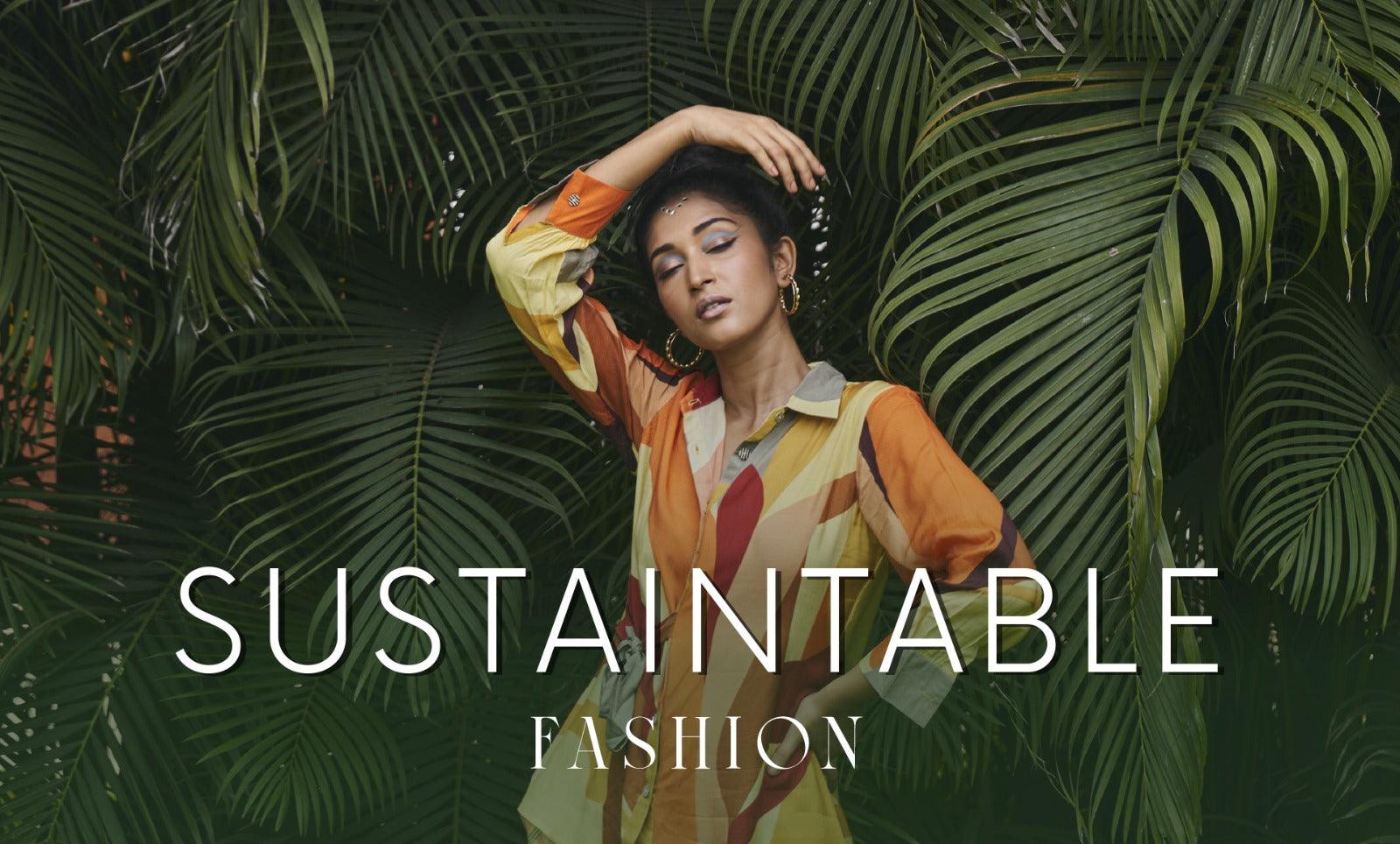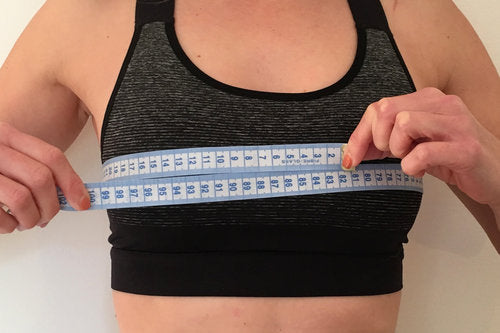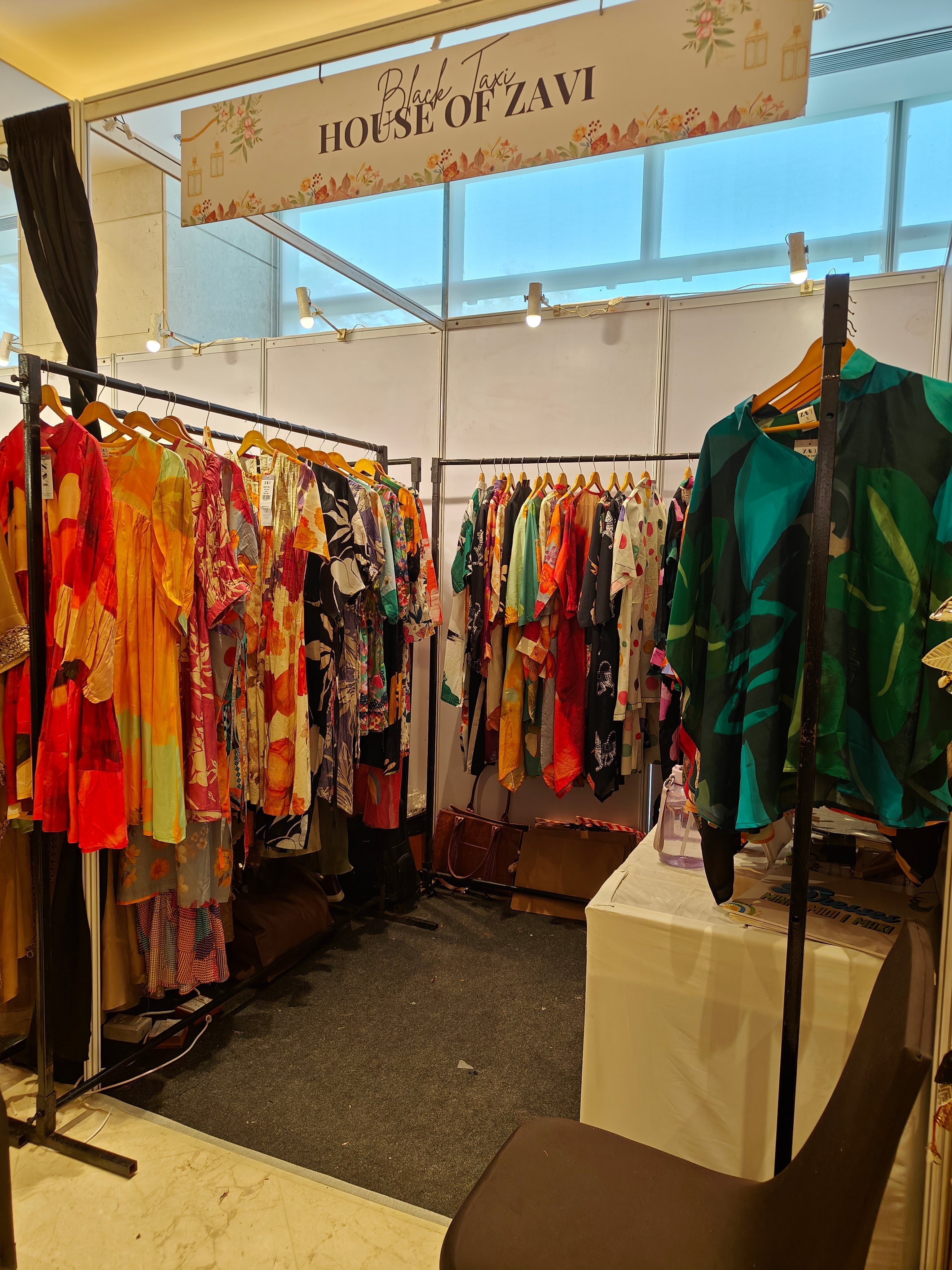
Understanding the World of Sustainable Fabrics
In an era where environmental concerns are at the forefront of global discussions, industries across the board are embracing sustainable practices to reduce their ecological footprint. The fashion industry, known for its fast-paced trends and resource-intensive processes, is transforming more sustainable alternatives. One such crucial transformation is the adoption of sustainable fabrics, materials that not only meet the aesthetic and functional demands of fashion but also align with the principles of environmental responsibility.
The Imperative for Sustainable Fabrics
Traditional textile production has historically been associated with a range of environmental issues, including excessive water consumption, chemical pollution, and high carbon emissions. The fashion industry's awakening to these challenges has prompted a search for more eco-friendly alternatives – enter sustainable fabrics. These fabrics aim to minimize the negative impacts of fashion production while offering a diverse array of choices for designers and consumers.
Defining Sustainable Fabrics
Sustainable fabrics are materials that are sourced, produced, and processed with minimal ecological impact. Their production takes into account factors such as energy consumption, water usage, chemical treatments, and waste generation. These fabrics also prioritize ethical considerations, including fair labor practices and support for local communities.
Types of Sustainable Fabrics
-
Organic Cotton: Unlike conventional cotton, which relies heavily on pesticides and fertilizers, organic cotton is grown using natural methods that prioritize soil health and reduce chemical exposure. This not only benefits the environment but also ensures a safer working environment for farmers.
-
Hemp: Hemp is a versatile plant that requires minimal water and pesticides to grow. It yields strong and durable fibers that can be used in various textiles, from clothing to accessories.
-
Tencel (Lyocell): Tencel is a fiber derived from wood pulp, often sourced from sustainably managed forests. The production process is known for its closed-loop system, which recycles water and solvents, minimizing waste.
-
Recycled Fabrics: These fabrics are made from post-consumer or post-industrial waste materials, such as plastic bottles or textile remnants. Recycling reduces the demand for new raw materials and diverts waste from landfills.
-
Bamboo: Bamboo grows rapidly without the need for pesticides or synthetic fertilizers. It can be transformed into a soft and breathable fabric, though its processing may involve chemicals that need to be managed carefully.
-
Recycled Polyester: Similar to recycled fabrics, recycled polyester is made from reclaimed plastic bottles or other polyester products. This process helps reduce the reliance on petroleum-based raw materials.
-
Wool: Sustainable wool comes from ethically raised sheep, ensuring their well-being and responsible land management practices.
-
Soy Silk: Also known as soybean fiber, this fabric is made from the byproducts of soybean processing. It is biodegradable and has a silk-like texture.
-
Linen: Linen is derived from the flax plant and requires fewer pesticides and water than cotton. Its production often involves fewer chemicals and is known for its durability.
Advantages of Sustainable Fabrics
-
Reduced Environmental Impact: The use of sustainable fabrics significantly reduces water consumption, chemical pollution, and carbon emissions compared to traditional textile production.
-
Resource Conservation: Many sustainable fabrics are sourced from renewable resources, reducing strain on non-renewable materials.
-
Support for Ethical Practices: Sustainable fabrics often come from supply chains that prioritize fair labor practices, supporting workers' rights and well-being.
-
Innovation and Diversity: The push for sustainable fabrics has driven innovation in the fashion industry, leading to a broader range of eco-friendly options for designers and consumers.
-
Consumer Demand: As awareness about environmental issues grows, consumers are actively seeking out sustainable products, driving the fashion industry to prioritize eco-friendly practices.
Challenges and Considerations
While the adoption of sustainable fabrics is a step in the right direction, challenges remain. Some sustainable fabrics require careful processing to avoid the use of harmful chemicals, while others, like bamboo, can present challenges due to energy-intensive processing methods. Additionally, maintaining the quality and durability of sustainable fabrics can be a concern, as they may not always match the performance of conventional materials.
The Future of Sustainable Fabrics
As the fashion industry continues to embrace sustainability, the future looks promising for sustainable fabrics. Continued research and development are likely to address current challenges, making these fabrics more accessible, affordable, and versatile. Innovations in dyeing processes, recycling techniques, and supply chain transparency will contribute to a more holistic approach to eco-friendly fashion.
In conclusion, sustainable fabrics represent a crucial aspect of the fashion industry's journey toward greater environmental responsibility. With their reduced environmental impact, support for ethical practices, and innovation potential, these fabrics offer a path to more sustainable and eco-friendly fashion. As consumers, designers, and manufacturers collectively prioritize the use of sustainable materials, the fashion industry has the potential to redefine its relationship with the planet and create a more harmonious balance between style and sustainability.






